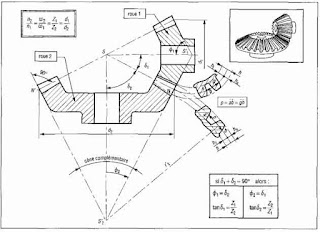Aluminum Welding Electrodes and Rods
 |
| Aluminum Welding Electrodes and Rods |
aluminum welding rods
This welding procedure makes use of a flux-lined welding electrode. The electrodes are directly lengths of aluminum rod, lined with flux. The flux acts to dissolve the aluminum oxide on each the bottom alloy and the rod throughout welding, that's important if coalescence is to arise.
Other Hazards This product as shipped in its massive form, is inert and not hazardous to human health. Under normal conditions of use during welding, this product and its fumes pose separate hazards. These hazards under normal conditions of use are outlined in this document. Exposure may aggravate those with pre-existing eye, skin, or respiratory conditions. Inhalation of dusts and fumes can cause metal fume fever. Symptoms can include a metallic or sweet taste in the mouth, sweating, shivering, headache, throat irritation, fever, chills, thirstiness, muscle aches, nausea, vomiting, weakness, fatigue, and shortness of breath. Overexposure to manganese fumes may affect the brain and central nervous system, resulting in poor coordination, difficulty speaking, and arm or leg tremor. This condition can be irreversible. Electric shock from welding equipment or electrodes may be fatal. Hot metal spatter and heat from electric arcs and welding flames may cause burns to the hands and body or may cause fire if it comes into contact with combustible materials. UV, IR and light radiation from an electric arc or welding flame process may cause damage to unprotected eyes. Fumes and gases generated during the welding process can be harmful to your health. If dust is generated, the dust may be flammable solid, water reactive, and self-heating. Take appropriate precautions if dust is generated and ensure proper engineering controls.
![Télécharger Liver GRAND GUIDE DU BRICOLAGE [PDF] gratuit](https://blogger.googleusercontent.com/img/b/R29vZ2xl/AVvXsEjCJ_C9aylfc7Z5ooUI6aUqBYB169jy3qIoLMK7ZCBkDpP2Totx-h1Ly2TqjNkPbxgnzaHuTK-cKzAtJH-csoy6oGmebZSQXyDi8dqoJvbwhh8yQTeZ0W_nVoug0uE7DWoUCuFmQ2sZpY8/s72-c/2019-04-18_180223.jpg)


